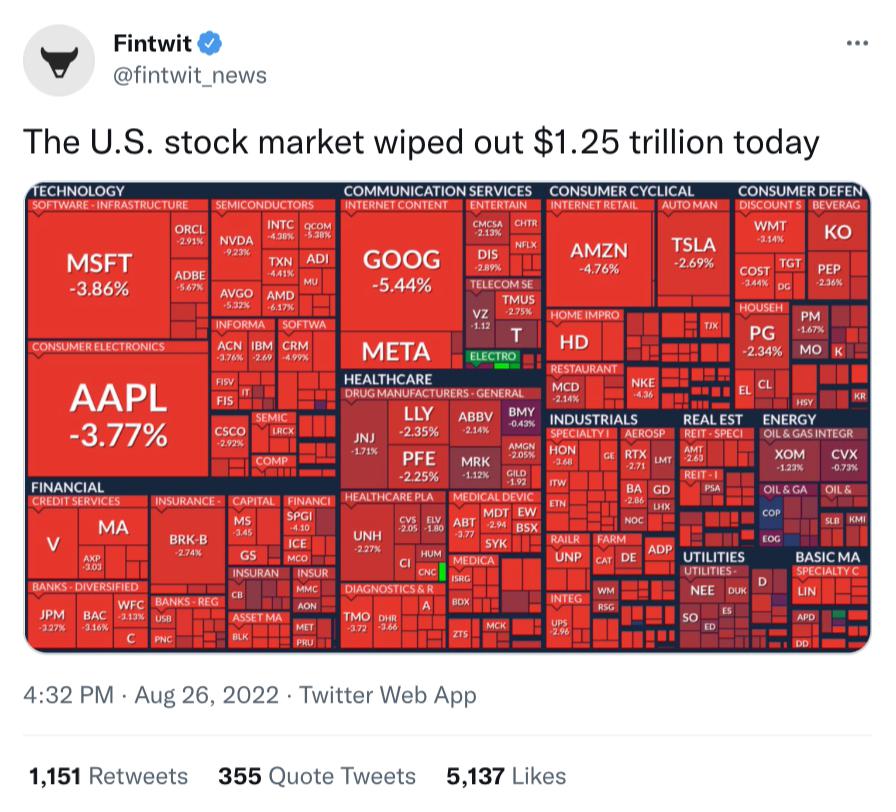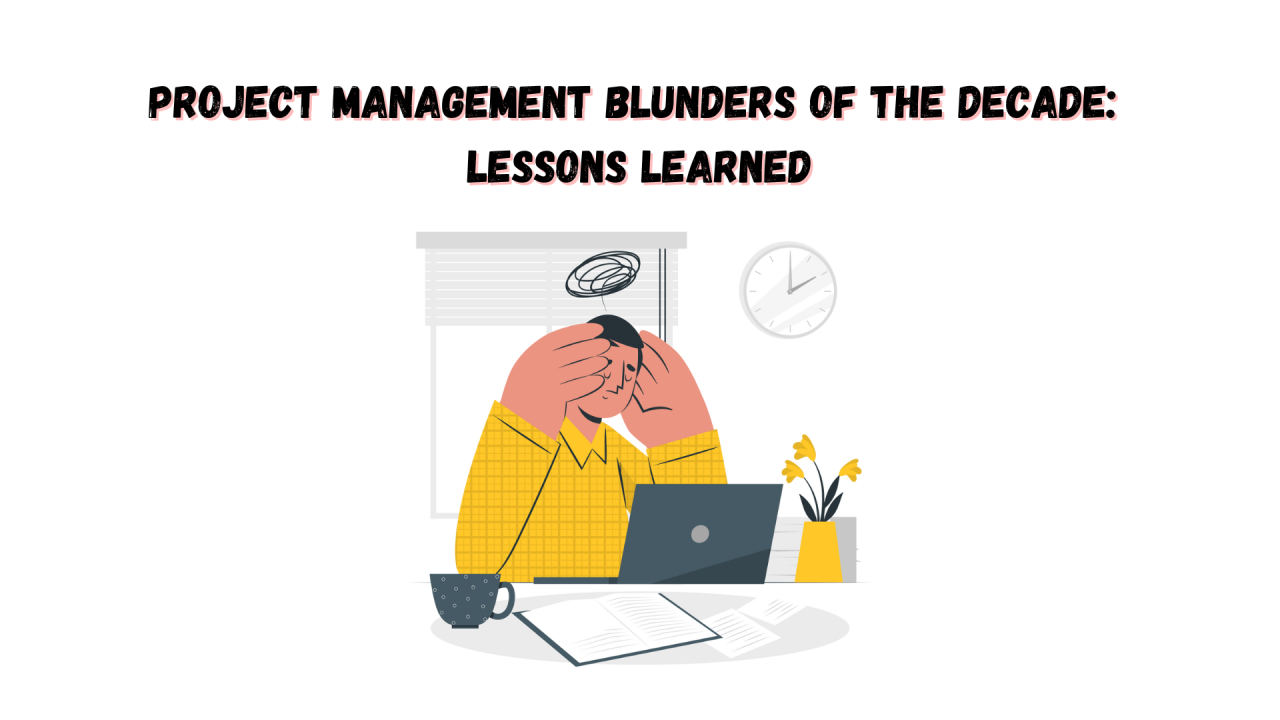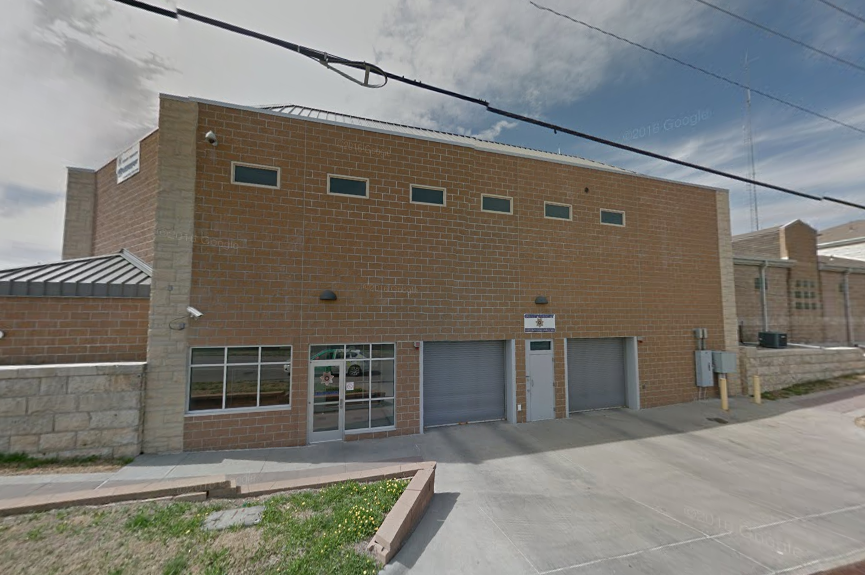The Shifting Geopolitical Landscape: Russia's Military And Europe's Response

Table of Contents
Russia's Military Modernization and Capabilities
Russia's military modernization efforts have been a significant factor in the current geopolitical crisis. Understanding these capabilities, both their strengths and weaknesses, is crucial for comprehending the conflict in Ukraine and its wider implications.
Modernization Efforts
Russia has invested heavily in modernizing its armed forces over the past two decades. This modernization drive has focused on several key areas:
- Hypersonic weapons: The development and deployment of hypersonic missiles like the Kinzhal and Avangard represent a significant technological leap, capable of evading many existing missile defense systems. These systems pose a considerable threat to potential adversaries.
- Advanced fighter jets: Russia has continued to develop and upgrade its fighter jet fleet, with the Sukhoi Su-57 stealth fighter representing a key advancement. Although production numbers are limited, it signifies a commitment to air superiority.
- Improved command and control systems: Efforts to modernize command and control systems aim to improve the coordination and efficiency of Russian military operations, enhancing responsiveness and situational awareness.
- Cyber warfare capabilities: Russia has significantly invested in its cyber warfare capabilities, using them for both offensive and defensive purposes, representing a major component of its asymmetric warfare strategy.
Doctrinal Shifts
Alongside technological modernization, Russia has also undergone significant doctrinal shifts in its military strategy:
- Emphasis on asymmetric warfare: Russia increasingly utilizes asymmetric warfare tactics, including cyberattacks, information operations, and the use of proxies, to achieve its strategic objectives without engaging in large-scale conventional warfare.
- Information operations: The manipulation of information through propaganda and disinformation campaigns has become a key element of Russia's military strategy, aiming to undermine opponent morale and decision-making.
- Use of private military companies (PMCs): Russia utilizes PMCs like the Wagner Group extensively, allowing for deniability and the ability to conduct operations outside the formal military chain of command.
- Nuclear deterrence: Russia continues to rely heavily on its nuclear arsenal as a deterrent to potential aggression, frequently invoking nuclear threats in geopolitical disputes.
Weaknesses and Limitations
Despite modernization efforts, Russia's military also exhibits notable weaknesses:
- Logistical challenges: The invasion of Ukraine highlighted significant logistical shortcomings in the Russian military, including supply chain issues, poor maintenance, and inadequate transportation infrastructure.
- Reliance on aging equipment: While some sectors have been modernized, a significant portion of Russia's military equipment remains outdated and relies on Cold War-era technology.
- Personnel issues: Issues with training, morale, and equipment shortages have hampered the effectiveness of Russian forces in Ukraine.
- Corruption: Corruption within the Russian military procurement system has contributed to inefficiencies and reduced the effectiveness of defense spending.
Europe's Response to the Changed Security Environment
The invasion of Ukraine has prompted a fundamental shift in European security policy, leading to a wide range of responses:
Increased Defense Spending
European nations have significantly increased their defense spending in response to the perceived threat from Russia:
- NATO defense spending increases: Many NATO member states have committed to increasing their defense budgets to meet the alliance's target of 2% of GDP.
- National defense initiatives: Individual countries have launched various national defense initiatives, focusing on modernizing their militaries and enhancing their capabilities.
- Strengthening of NATO's eastern flank: NATO has strengthened its military presence in Eastern Europe, deploying additional troops and equipment to deter further Russian aggression.
Enhanced Military Cooperation
The crisis has also spurred increased cooperation among European militaries:
- Joint military exercises: Joint military exercises between European nations have become more frequent and larger in scale, improving interoperability and coordination.
- Intelligence sharing: Intelligence sharing among European nations has intensified, providing a more comprehensive understanding of Russia's military activities.
- Equipment standardization: Efforts to standardize military equipment across European nations are underway, facilitating greater interoperability and efficiency in joint operations.
Sanctions and Economic Measures
The international community has imposed widespread sanctions against Russia in response to its invasion of Ukraine:
- Financial sanctions: These sanctions target Russian banks, businesses, and individuals, aimed at crippling the Russian economy and limiting its ability to fund the war.
- Export controls: Export controls have been implemented to restrict the flow of technology and other essential goods to Russia, hindering its ability to sustain its military operations.
- Energy sanctions: Sanctions targeting the Russian energy sector have been imposed, aiming to reduce Russia's reliance on energy exports. The impact of these sanctions, however, has been complex and varied.
The Future of the Geopolitical Landscape
The long-term consequences of Russia's actions remain uncertain, but several key trends are emerging:
Long-Term Implications
The conflict in Ukraine has far-reaching geopolitical implications:
- Impact on global security: The war has increased geopolitical instability and heightened the risk of wider conflict, creating a more unpredictable global security environment.
- Reshaping of alliances: The conflict has strengthened existing alliances like NATO and potentially led to new alliances and partnerships.
- Potential for future conflict: The possibility of further Russian aggression in other regions cannot be discounted, raising concerns about regional and global stability.
Potential Scenarios
Several future scenarios are plausible:
- Negotiated settlement: A negotiated settlement could bring an end to hostilities, but the terms of such a settlement would likely be highly contested and may not fully address the underlying causes of the conflict.
- Prolonged conflict: The conflict could drag on for an extended period, leading to further human suffering and economic disruption.
- Escalation of the conflict: The conflict could escalate, potentially involving other actors and leading to a wider regional or even global conflict.
Conclusion:
The invasion of Ukraine and Russia's military actions have fundamentally altered the geopolitical landscape of Europe. Russia's military capabilities, while modernized in certain areas, exhibit significant limitations, as demonstrated by the ongoing war. Europe's response has been multifaceted, involving increased defense spending, enhanced military cooperation, and extensive economic sanctions. The long-term implications of this shifting geopolitical landscape remain uncertain, necessitating continued analysis and adaptation. Understanding the intricacies of Russia's military and Europe's response is crucial for navigating the complexities of this evolving situation. Stay informed about developments concerning Russia's military capabilities and the European security response to ensure you are well-prepared for future challenges.

Featured Posts
-
 2 5 Trillion Wipeout The Market Value Collapse Of The Magnificent Seven
Apr 29, 2025
2 5 Trillion Wipeout The Market Value Collapse Of The Magnificent Seven
Apr 29, 2025 -
 Louisvilles 2012 Tornado A Decade Of Lessons Learned And Resilience
Apr 29, 2025
Louisvilles 2012 Tornado A Decade Of Lessons Learned And Resilience
Apr 29, 2025 -
 Understanding Dysprosium Its Critical Role And Future In Electric Vehicles
Apr 29, 2025
Understanding Dysprosium Its Critical Role And Future In Electric Vehicles
Apr 29, 2025 -
 Willie Nelson And Rodney Crowell Duet On New Album Oh What A Beautiful World
Apr 29, 2025
Willie Nelson And Rodney Crowell Duet On New Album Oh What A Beautiful World
Apr 29, 2025 -
 Geary County Inmate Bookings April 24th 28th Photos And Details
Apr 29, 2025
Geary County Inmate Bookings April 24th 28th Photos And Details
Apr 29, 2025
